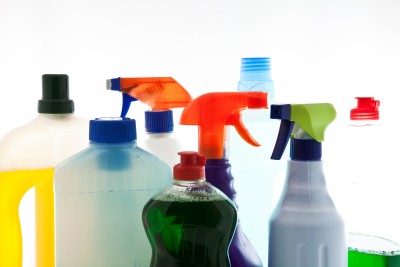From CNN: 5 toxins that are everywhere
 Wednesday, October 19, 2011 at 11:27AM
Wednesday, October 19, 2011 at 11:27AM 
A growing body of research is linking five chemicals -- among the most common in the world -- to a host of ailments, including cancer, sexual problems and behavioral issues.
We encounter them every day -- in plastic bottles, storage containers, food wrap, cans, cookware, appliances, carpets, shower curtains, clothes, personal care products, furniture, television sets, electronics, bedding, cushions and mattresses. In short, every room in almost every house in the United States is likely to contain at least one of these chemicals, many of which did not exist a century ago.
They are bisphenol A, or BPA; phthalates; PFOA; formaldehyde; and polybrominated diphenyl ethers, or PDBEs. Tests reveal most of us now carry them in our bodies, but are they putting our health -- and the health of our children -- in jeopardy?
 BPA,
BPA,  Body Burden,
Body Burden,  Formaldehyde,
Formaldehyde,  PDBEs,
PDBEs,  PFOA,
PFOA,  Phthalates,
Phthalates,  Plastic,
Plastic,  Teflon,
Teflon,  Tips
Tips 

